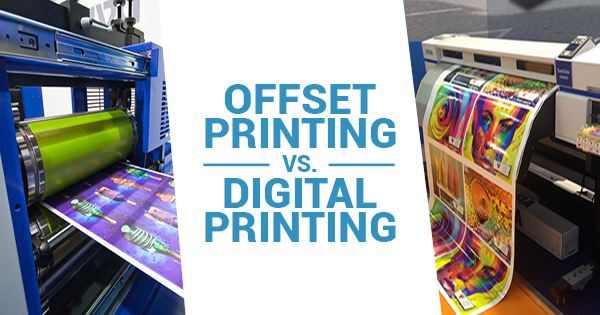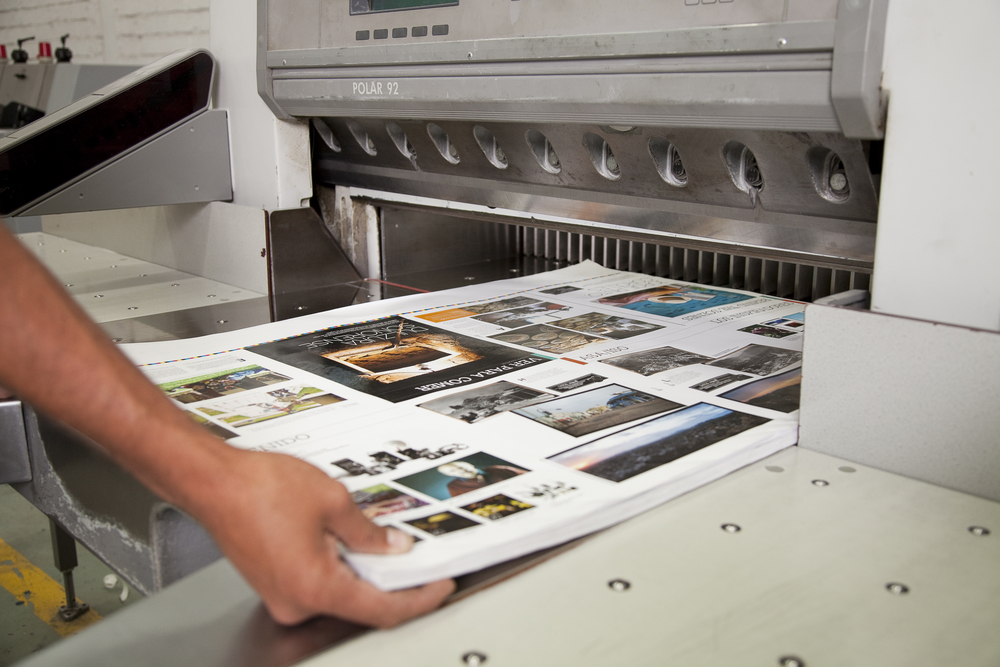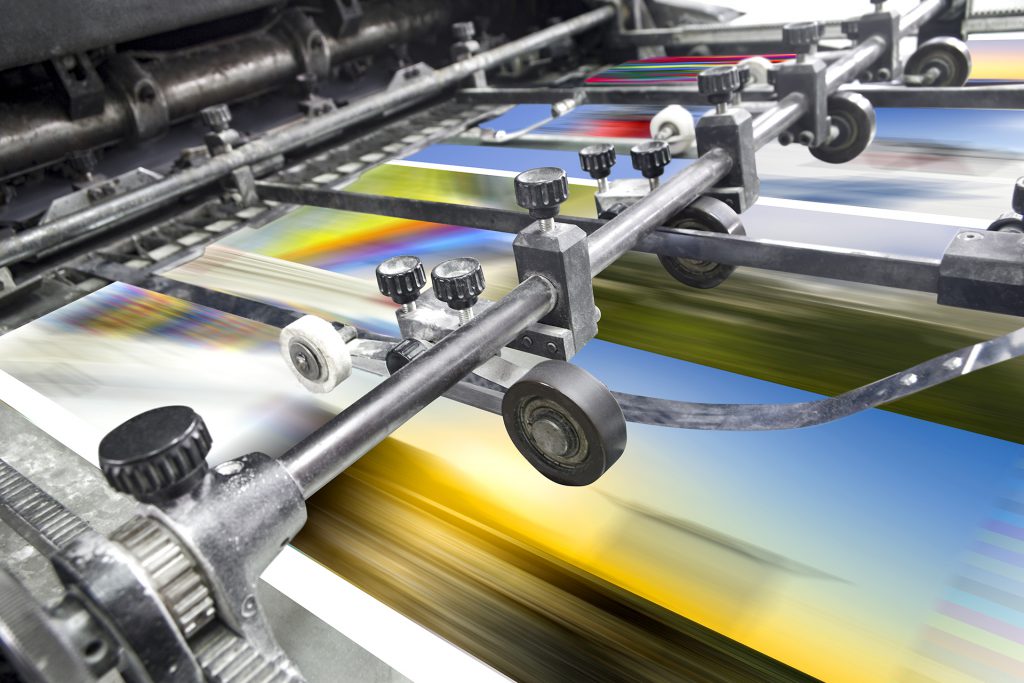Digital printers were once thought to be high-cost-per-page machines capable of producing tiny runs of leverage on limited stock configurations. That’s why offset printing presses are still used by many print businesses, shipping houses, and advertising agencies. Yes, offset printers produce high-quality prints, are less expensive than digital printers for high-volume projects, and are unrivalled in terms of speed. However, advancements in printing technology have resulted in modern digital printers that can perform all of the functions of a typical offset printing press – and a lot more.
Differences between offset and digital printing
Printing plates and liquid ink are used in traditional offset printing, which is done on a printing press. Because there is additional preparation time and the end result product must be dry before completion, this form of printing takes a little longer to manufacture. At the same time, offset printing has a long history of producing the greatest quality on a huge variety of stocks and providing the most color control. Furthermore, when generating vast quantities of prints from a few originals, offset printing is the most cost-effective option.

Digital printing, unlike offset printing, does not employ plates and instead relies on cartridges (as in laser printers) or bulkier printers that use liquid ink. Think of a run of 20 greeting cards or 100 flyers as an example of where digital printing shines. Another advantage of digital printing is the capacity to print with varied information. Digital is the only way to proceed when each component requires a unique identifier, title, or location. This is a requirement that offset printing cannot meet. Learn more about the many types of digital printing and their capacities.
In comparison to traditional offset printing presses, here are ten main advantages of today’s electronic printing systems:
Design with a small footprint: Today’s digital printers are designed to be silent, space-efficient, and have a compact footprint, allowing them to be used in practically any office setting. Offset printers, on the other hand, are enormous, noisy machines with many offset press stations that produce a lot more noise and take up a lot more room. They are frequently relegated to a backroom or a segregated area.

Multifunctional: Numerous enhancements to the modern digital printer have resulted from advances in printer technology. Their multifunctional capabilities are one of the most commonly praised aspects. A single device can generate an order of personalized postcards, official documents, and business cards. In a nutshell, they’re a comprehensive print business in a package.

Increased Throughput: Since offset printers employ wet dye and printing plates, the printed material must be allowed to dry before any refining procedures may be carried out. Whereas Digital printers, create dry sheets that may be folded, stapled, or placed into envelopes right away, resulting in significantly speedier throughput.
Stocks of Various Types: High-quality digital printers print at a warmer temperature, resulting in better cartridge retention and print compatibility with a larger range of materials. Plain, coated, and uncoated papers, magnetic, metallic, and plastic materials, wood veneers, heat transfers, and translucent stocks are just a few examples.

Environment Friendly: Offset printing is a dirty process that necessitates the mixing of inks and the use of hazardous cleaners to clean printing plates. To merge the toner into the stock, digital printers do not need warmth or pressure. Instead, toner is applied to the material before being combined with heat. This eliminates the need for ink dilution, resulting in less mess and fewer dangerous chemicals to mop up.
Economical: In today’s highly competitive, narcissistic world, cost-effective personalization is critical, and there is no more cost-effective solution to manufacture relatively brief, customized print jobs of 5,000 or fewer than digital. Greater and greater print firms are noticing that the offset press makes more economic sense than digital after they reach 10,000 units and aren’t working with categorical variables.
Before selecting a printing company for your label needs, analyzing your needs is essential before you make the decision between digital and offset printing methods:
Volume: If your venture is large enough to justify the upfront costs—typically over 1000 bits—offset printing will provide a competitive edge. At a large enough volume, you’ll receive a great-looking print at a lower cost.
Color: Is a color scheme required for this task? If the printing is monochromatic or in only one or two shades, offset printing may be the best option. If you only need hues printed, digital printing may be the most feasible option.
Customization Requirements: How distinctive do you want the project to be? Digital printing is without a doubt the simplest and most cost-effective approach to personalize your creations, even within the same printing run.

Bare in mind that several information sources on offset versus digital printing have a strong interest in one or the other; however, when you work with a printing company that offers advanced and personalized services for both offset and digital applications, you can get impartial suggestions that work within your budget, volume, and quality requirements so you can get the best possible print job for your money – whether it’s offset or digital.
Get right with your money by first discerning your requirements before making the decision for your print job. At Kwality, our services are entirely customizable and personalized projects are our forte. Consult with us and let’s get to work!
